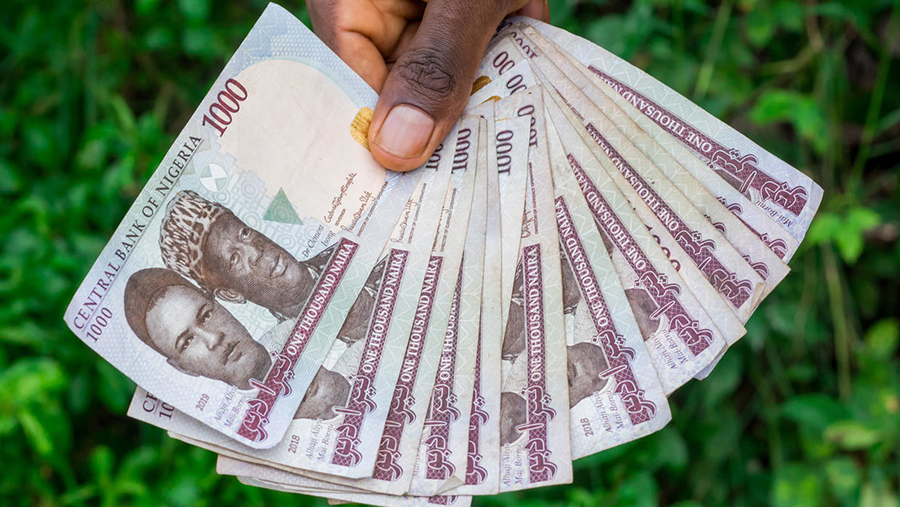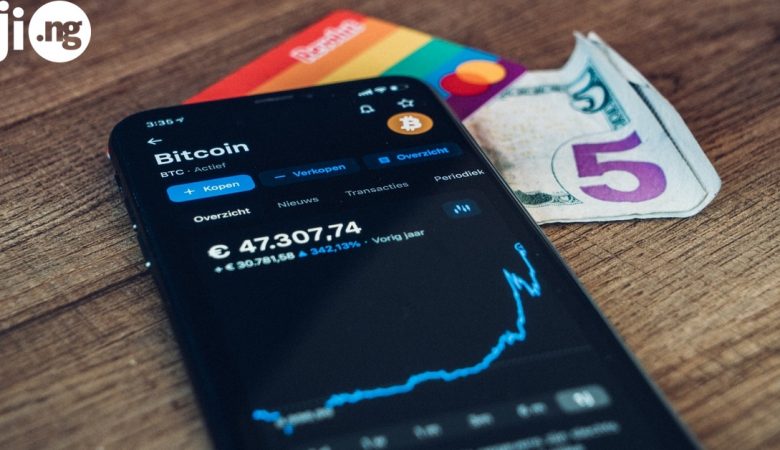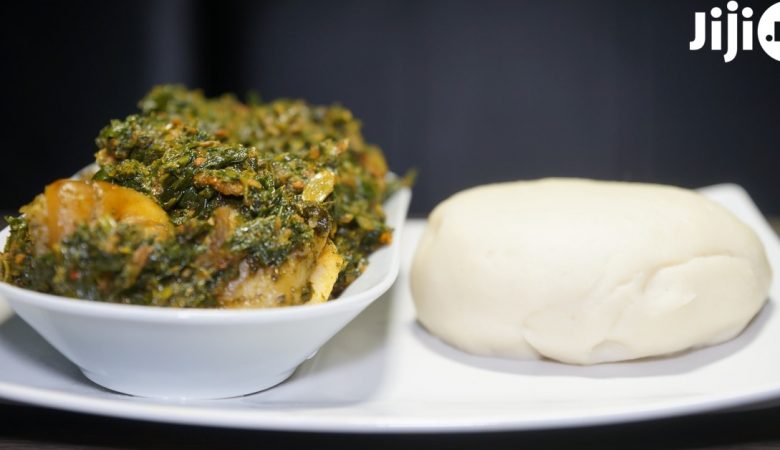One would think that the production of fake naira notes has seized, but these days, it’s not only alive and well, but has also gotten so advanced that it’s virtually impossible to tell a fake naira note from a genuine naira note using nothing but your eyesight. According to the Nigerian government, ₦500 and ₦1000 are the two most commonly counterfeited naira notes. Here are the 5 most effective ways to identify fake naira notes.
Shop currency detectors for any budget on Jiji
1. Inspect the note
Immediately after a suspicious naira note makes its way into your hands, take a good look at it from both sides and feel it in your hands. Genuine naira notes are printed on special paper that is designed to withstand years of use without wearing out. It feels thicker and denser, whereas fake currency feels just like regular paper you would put into your home printer.
Read more: How To Check Your National Identification Number (NIN) And Card Verification
A visual inspection of the print can also reveal a lot about the origins of the paper. The images on genuine naira notes are very clear and the colours are extremely lifelike. Fake naira notes may appear darker or lighter due to the differences in printer equipment and ink, and their images are typically blurry because they are printed from low-quality computer files.
2. Look for the ribbon
Every genuine naira note has a silver ribbon embedded from the top to the bottom of the banknote. Even in old, worn-out notes, it is still perfectly visible. In fact, if a naira banknote is very worn-out, you can even pull this silver ribbon out and see that it’s an actual metallic ribbon. Counterfeit naira notes also sometimes have a silver line, but it is painted with low-quality paint and will easily come off if you try to scratch it with your fingernail or a metal coin.
3. Check the foil
A silver ribbon is not the only metallic fragment to look for if you want to tell whether the naira note you are holding is genuine. This method works for ₦1000 notes. In the bottom right corner of the note, there should be a gold square with an image inside. No matter how much you scratch it when the note is genuine, you cannot remove it or even damage it unless you are using a knife or something equally sharp. With a fake naira note, however, it won’t take you a lot of effort to remove that gold foil square.
Read more: How To Block Your Bank Account And SIM Card In Case Of Emergency
4. Use water
Genuine naira notes use paint that cannot be dissolved with water, while the producers of counterfeit notes don’t have access to the same top-notch paint and equipment. That is why submerging a suspicious naira note in water or even just wetting a small part of it and then trying to rub off the paint will already tell you a lot about the origin of that note. Real naira notes won’t lose any of their colour, while fake banknotes will look like a watercolour painting after contact with water.
5. Get a mercury bulb
Some of the protection signs used by genuine naira banknotes are only visible to bank employees or professionals with special equipment. However, you can also get away with using a mercury bulb. Get the naira note in question under a working mercury bulb. On a genuine ₦1000 note, you will see “₦1000” written across it in a neon yellow hue. These symbols are not visible to a naked eye. This method also works for other naira banknotes, but the makers of fake notes don’t have the ability to print those invisible images yet.
Read more: How To Spot Fake Adidas Shoes

Buy and sell with confidence from your phone using the Jiji app









